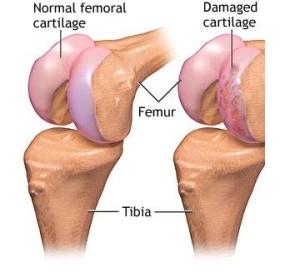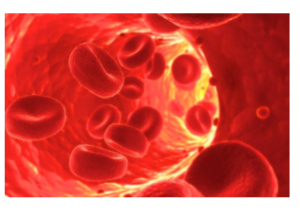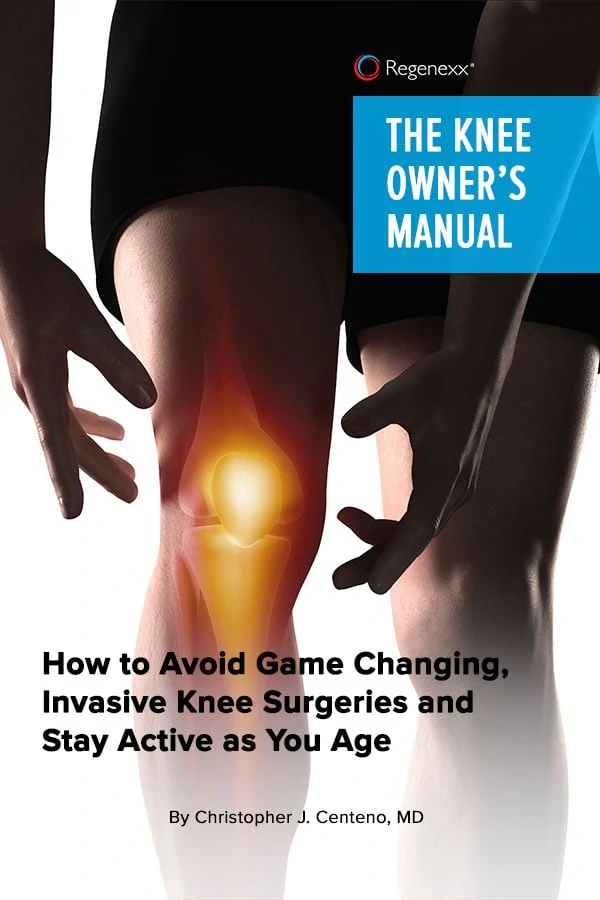The knee is covered with cartilage.

Cartilage is a living material that produces glycosaminoglycans (GAGs), which allow for lubrication as well as holding onto water within the cartilage.

The maintenance of cartilage is a dynamic process. Each time we cycle, ski the bumps, or run, a number of cartilage cells perish. The cells are then replaced by circulating mesenchymal stem cells which differentiate into new cartilage cells. When the amount of damage exceeds repair, the cartilage starts to dry up and degenerate. When the balance is reversed so that repair exceeds the damage, the cartilage remains healthy and full of GAGs. It is the balance that is key. Unfortunately, all the issues regarding regeneration and degeneration of cartilage have yet to be fully understood. What is known is that with age, the number of circulating repair cells (mesenchymal stem cells) decreases.
At Regenexx we attempt to restore a normal balance by injecting autologous bone-marrow-derived mesenchymal stem cells into the area of damaged cartilage. This is performed under x-ray guidance and a small needle. Regenexx is unique in that we utilize a patient’s own stem cells, and therefore avoid the risk of disease transmission or rejection.
Bone Marrow-Derived Stem Cells are Best for Cartilage Regeneration
Mesenchymal stem cells are available from different tissue sources which include blood, adipose, synovial fluid, muscle, and bone marrow. Superior clinical outcomes are associated with selecting stem cells from the most appropriate source, isolating them in a state of the art laboratory, and placing them into the area of tissue damage with direct visualization using either ultrasound or intermittent x-ray guidance. This is the Regenexx difference.

The MRI below outlines one of our recent knee successes. This is a patient who had undergone microfracture surgery on her knee due to significant loss of cartilage, without success. The top images are prior to the procedure, bottom images are 16 months after therapy. The red arrows identify breaks in the cartilage (white area in the gray cartilage). The yellow arrows point to the areas of previous cartilage damage which have now been repaired. Note the white areas which indicated cartilage damage have significantly resolved. Clinically, the patient is now pain free and was last seen somewhere in Vail.

